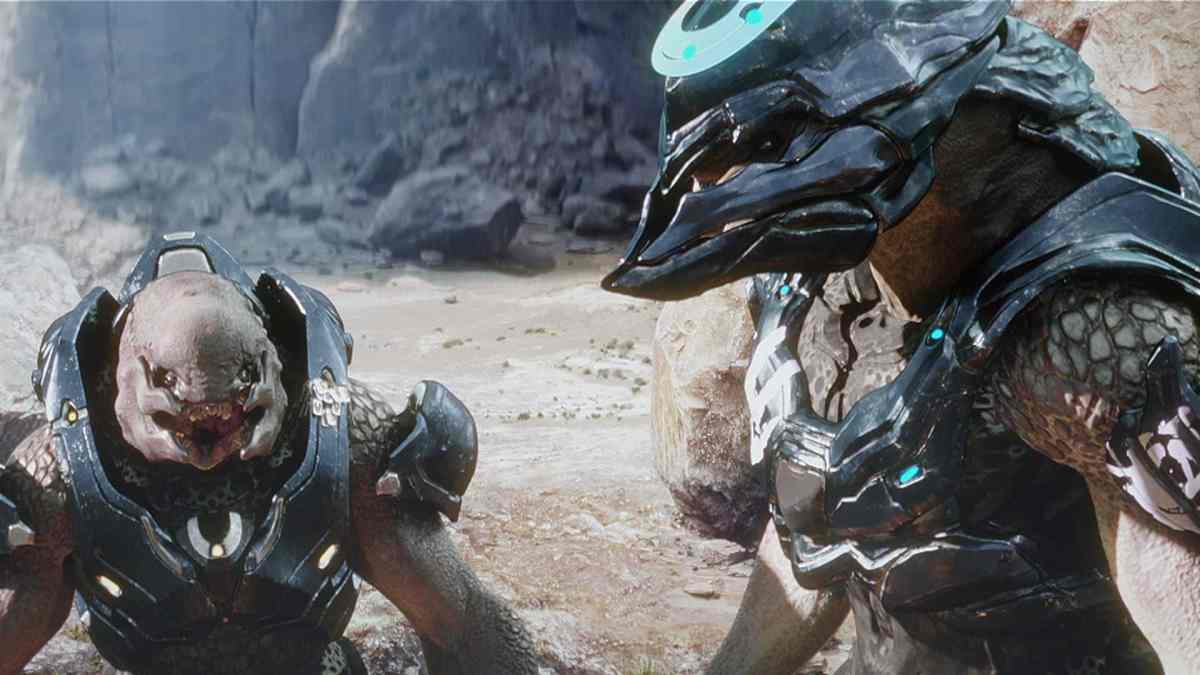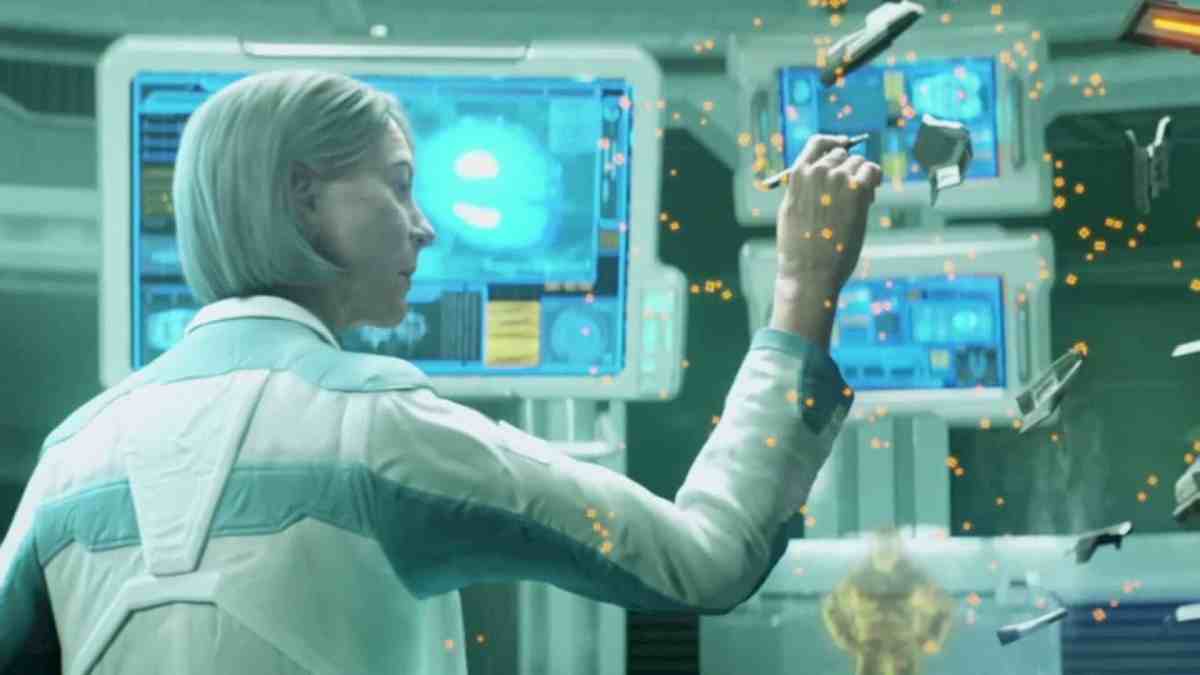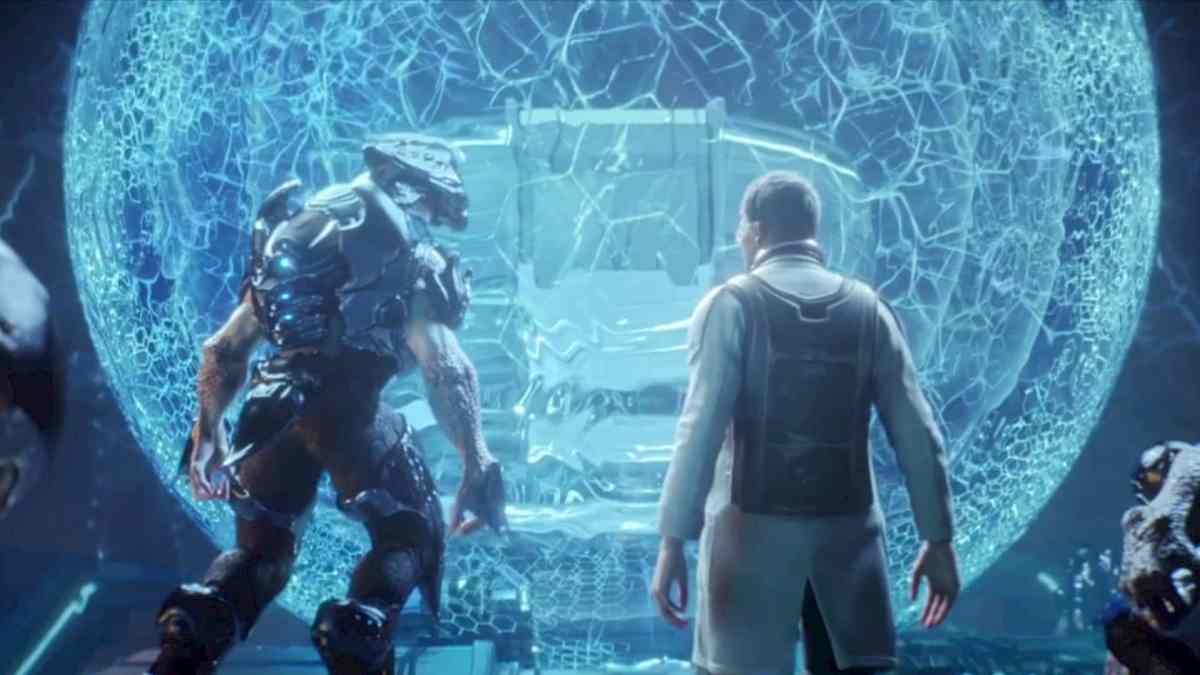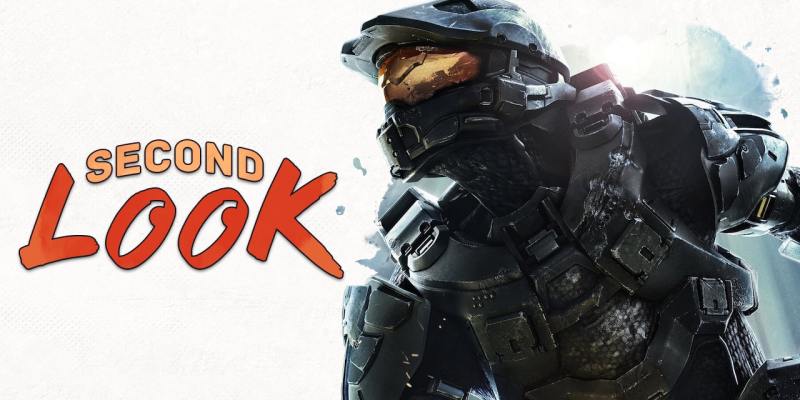Building a platform is tricky business. For every Steam, there’s a uPlay. For every Fortnite, an Amazon battle royale going back into beta. No series is quite as familiar with the highs and lows of this as Halo. It’s not that the universe isn’t brimming with personality — especially thanks to a glut of tie-in material — but that’s all ancillary to the main games, rather than standing wholly on its own.
Other attempts, like a proper full-budget film and an MMO, both blew up in Microsoft’s faces. That’s why when Bungie stepped aside and left Microsoft-formed 343 Industries to continue the Halo franchise with Halo 4, the new studio had a clever solution. They were going to make a game that could live for years, receiving regular content updates for both single-player and multiplayer fans.
While competitive players had Forge mode and a premium season pass, those who preferred campaign and co-op had the new free Spartan Ops mode to keep them company. Instead of wave-based combat in Firefight, players would engage in an ongoing story that would unfold episodically over what was boldly called its first season. 343 staff at the time were interviewed saying that Spartan Ops could last for years after launch. In the end, Spartan Ops’ first season would also be its last.
So what went wrong? Why did Microsoft’s first attempt at a Halo Infinite-esque live “platform” fizzle out so soon? Well, it certainly wasn’t due to an overwhelming outpouring of unique content, let me tell you that.

Spartan Ops was a weird beast. All the cutscenes were gorgeous and did a solid job bridging the stories of Halo 4 and Halo 5: Guardians. We got to see what Catherine Halsey and the crew of the UNSC dreadnought Infinity got up to while Master Chief was off reuniting with some old friends in a graphic novel. It captures the TV show aesthetic with dramatic cuts, breezy plots darting between twists and turns, and several plot threads spiraling out then reconnecting for optimal draaaamaaaa. The problem was the role you and your customized Spartan play in that grand story during gameplay.
Put simply, Spartan Ops’ missions are Halo 4 without a rudder. You’re caught in a directionless gameplay soup desperately trying to find a reason for why your squad Fireteam Crimson is doing things not half as interesting as the characters in the cutscenes are. Players become a glorified NPC in the background of someone else’s story, and this goes about as well as you’d expect.
Where Halo 4 proper is a light, fast-paced FPS that sends you rushing across every level, Spartan Ops locks you in a multiplayer map. Sprinkle in some bots and Jennifer Hale’s Sarah Palmer condescending to you regularly and boom — you have every mission in Spartan Ops! While Spartan Ops throws in a handful of objectives where you might push a button or destroy a piece of equipment, every scenario ends up feeling less involved than a player-made mod for Halo Custom Edition.
Reusing multiplayer assets isn’t necessarily a bad call, but the minimal changes made to each location as they’re reused upwards of five times never disguises how hastily each scenario is constructed. Assembling a great, highly replayable co-op level is a struggle at the best of times. With so little to vary things up besides enemy and vehicle spawns, crafting meaningful encounters demands precision balancing. Done right, you can have something as infinitely playable as Mass Effect 3’s excellent multiplayer.

Or you could take the simpler route and just toss all the enemy waves meant for four players into every map regardless of if the player can get that big a group together. That saves time, and I mean really, who would want to play Halo story content on their own? While clearly a desperate measure to get missions out on time, you can still see Spartan Ops straining to deliver. Enemy dropships fly backwards and sideways along their AI pathing. A vehicle supply drop tries to capture the energy of a set piece, only to feel like mandatory busywork as you clobber directionless waves of enemies.
By direction, I don’t mean linearity. We’ve had other games, even in the Halo series, that have managed to turn sandbox environments into well-paced, guided experiences still permitting player exploration. Halo 3: ODST not only has the open-world city of New Mombasa but also several large scripted arenas for players to duke it out in. While Halo 4’s fidelity necessitated shrinking the size of most levels, that simply means each Spartan Ops scenario should be just as bite-sized for an optimal experience akin to Halo 4’s campaign.
Instead, the glut of repeated enemy wave after enemy wave that often outnumber you means you feel more like pest control than an epic warrior. Death isn’t even a hindrance other than that you drop your current weapons — which is a headache as Halo 4 loves to remove dropped weapons as soon as you’re not looking (thankfully an issue that is far less prevalent in The Master Chief Collection version of Halo 4). Regardless, whether playing alone or with a group, you’re guaranteed to see the end of each mission, if you don’t mind repeated cheap deaths.
The emphasis of quantity over quality is the last major issue holding Spartan Ops back, as while its brief cutscenes are excellent, the majority of the narrative is a handful of background audio. Audio delivered by commanders who aren’t often all that pleasant to listen to when you’re blown up by the fifth Covenant Wraith tank that the game spawned where you weren’t looking.

Where we could’ve had one-to-two interesting missions that directly tied into those beautiful cutscenes, instead you’ll churn through five encounters on a handful of maps. I understand the aim to deliver substantive updates, but five mediocre maps isn’t as worthwhile as one rock solid map.
By the end of its first season, you do see glimmers of the Spartan Ops dev team getting to grips with this. Encounters spam fewer enemies ad nauseum. Power weapons and vehicles are implemented more effectively. Your involvement in the plot becomes clearer, including your fireteam’s Pelican gunship appearing in the closing cutscene. An explosive grand finale feels infinitely more Halo than the majority of Spartan Ops. Unfortunately, most players had tuned out by this point — too little, too late.
This is why I worry about Halo: Infinite’s promise of a decade of content. Spartan Ops had planned out a single year’s worth of content and had enough problems to short out the entire project. Going beyond that takes a lot of work. Even Star Wars Battlefront II’s earliest content updates like its Solo season and The Last Jedi season were muddled messes lacking the cohesion it would later find.
If Microsoft and 343 Industries want to deliver on their promise, they need to have a clear course with a priority of quality over quantity and an ear close to the ground for fan feedback. That’s not an impossible feat, but it will be a precarious undertaking. I hope it does come together, as Spartan Ops was a noble endeavor. It just didn’t have the staying power to finish the fight.
